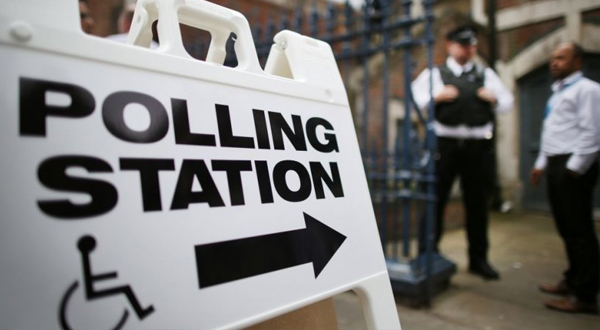PARIS: The OPEC cartel warned Tuesday that the oil industry needs to step up investments to guarantee sufficient supply as low prices stimulate demand.
“Given the demand and supply outlook, there is a need for significant investments across the entire industry,” the Organization of the Petroleum Exporting Countries said in its annual report on the sector.
The 14-nation group, which supplies around a third of global crude, said it sees a need for around $10 trillion of oil-related investments between now and 2040.
“While the recent oil market environment has been one of oversupply, it is vital that the industry ensures that a lack of investments today does not lead to a shortage of supply in the future,” the report warned.
Oil companies have slashed investment, cancelling or postponing projects, as they react to the price of crude falling from over $100 barrel in mid-2014 to under $30 at the beginning of this year.
Prices have since recovered to around $45 per barrel, but the market still remains saturated with supplies, and the cartel now expects prices to increase only slowly and thus contribute to an additional demand of one million barrels by 2021.
According to OPEC, investments in oil exploration and production dropped by $130 billion to roughly $400 billion in 2015, and should fall another $80 billion this year.
– Price rebound –
But the slowdown in investment should eventually help prices recover, even if at a slower rate than OPEC had expected previously.
Its baseline scenario now sees crude rising to $60 per barrel in 2021 and $92 in 2040 in constant 2015 dollars ($65 and $155 in current prices).
The cartel recently switched its strategy from keeping rigs gushing in order to maintain market share to supporting prices.
At a meeting at the end of September OPEC members pledged to cut production for the first time in eight years, aiming to bring it back to 32.5 to 33 million barrels per day, from independent estimates of a record 33.6 million barrels per day that month.
The cartel members are set to discuss how to scale back output at the end of the month, with the market somewhat skeptical about they will be able to overcome differences needed to implement a cut.
The report sees output rising from 95.1 million barrels per day last year to 99.4 million barrels per day in 2021 and then 109.6 million barrels in 2040.
It sees non-OPEC production rising from 56.9 million barrels per day in 2015 to 58.6 million in 2021 (including 42.9 million barrels per day of crude oil).
After peaking at 61.4 million barrels per day in 2027, it sees output slipping in non-OPEC producers to 58.9 million barrels per day in 2040.
“Until 2030, a major source of growth is US tight crude,” said the report, but it then sees production from shale deposits beginning to decline.
OPEC estimates for its part that it must pump 40.7 million barrels per day (including 33.7 million barrels per day of crude) in 2021, with that rising to 50.7 million barrels per day in 2040, meaning its share of the market would increase by 3 percentage points to 37 percent.
– Robust consumption –
OPEC sees the increase in oil use being primarily driven by an expansion of road transport, with the number of passenger cars on the road to double by 2040 given rising incomes in developing countries.
Aviation and the petrochemical sectors, along with low prices stimulating demand, are the other major factors.
OPEC sees demand rising from 93 million barrels per day in 2015 to 99.2 billion in 2021, an increase of one million barrels per day from its forecast last year.
“This is the result of a lower medium-term oil price assumption, which is expected to have a stronger influence than assumptions of lower medium-term economic growth and expanded energy efficiency policies,” said the report.





